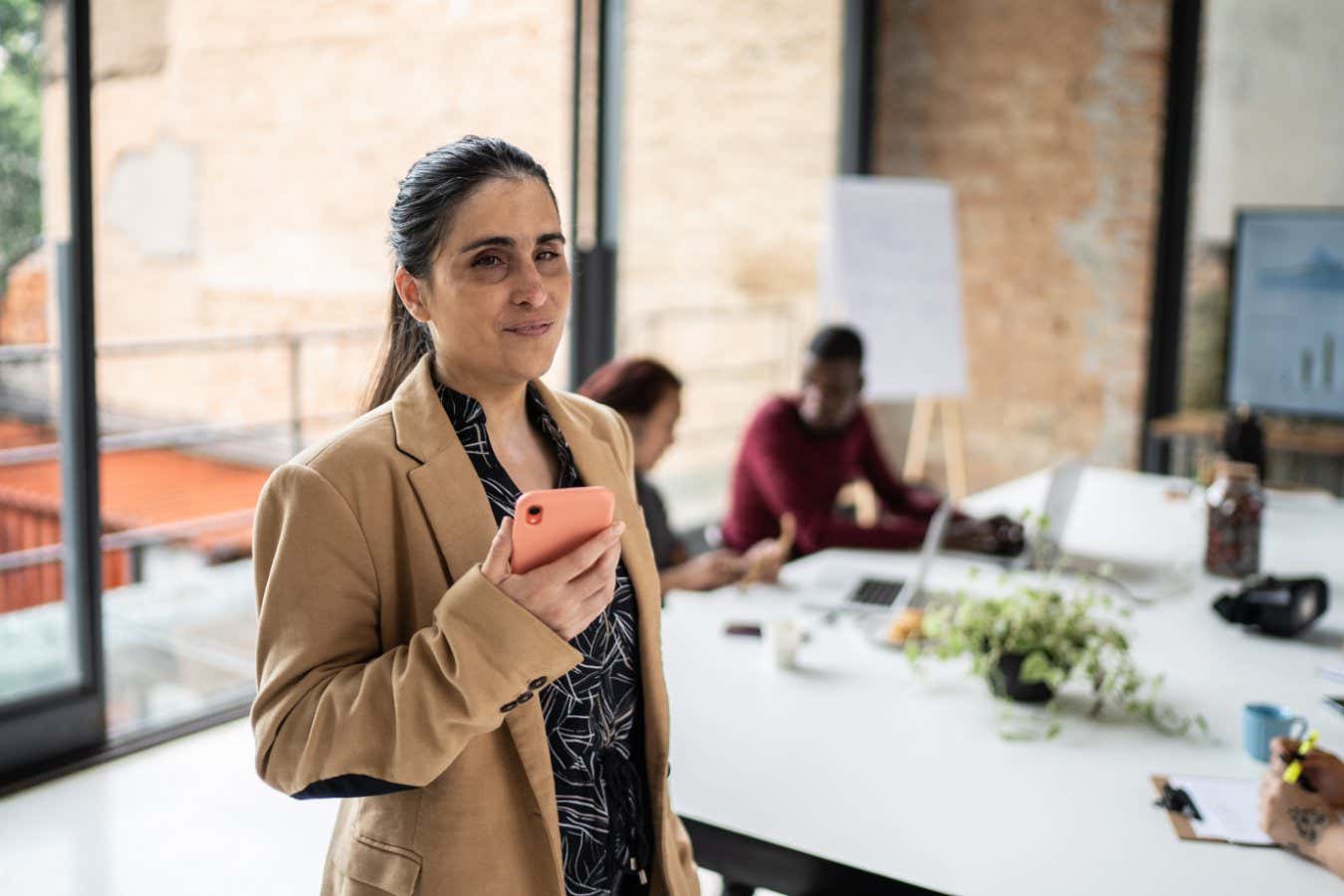Latham & Watkins cuts off its Hong Kong lawyers from international databases

Individuals who are blind or visually impaired face unique challenges when it comes to navigating indoor spaces. While GPS technology has revolutionized outdoor navigation, it has limitations when it comes to indoor environments. In recent years, there have been significant advancements in technology that aim to address this issue and provide a solution for indoor navigation for the blind.
One of the most exciting developments in indoor navigation for the visually impaired is the use of smartphones. With the proliferation of smartphones and their powerful capabilities, developers have been able to create innovative solutions that leverage the built-in sensors and capabilities of these devices to assist individuals who are blind in navigating indoor spaces. These advancements have the potential to significantly improve the independence and mobility of people who are blind.
A key component of using smartphones for indoor navigation is the use of advanced sensor technologies such as accelerometers, gyroscopes, and proximity sensors. These sensors allow the smartphone to detect the user's movements and orientation in a three-dimensional space, enabling it to provide real-time guidance and directions. Additionally, smartphone cameras can be utilized for object recognition and to provide auditory feedback to the user.
There are several navigation apps specifically designed for the blind or visually impaired that harness the power of smartphone technology to provide indoor navigation assistance. These apps use a combination of audio instructions, haptic feedback, and speech recognition to guide users through indoor spaces such as malls, airports, and public buildings. Some apps also utilize Bluetooth beacons and Wi-Fi networks to enhance indoor positioning accuracy.
In addition to dedicated navigation apps, mainstream navigation apps such as Google Maps are also incorporating features that aim to improve indoor navigation for individuals with visual impairments. These features not only benefit the blind community but also offer a more inclusive and accessible experience for all users.
Another promising technology that is being developed for indoor navigation is indoor positioning systems (IPS) that can be integrated with smartphones. These systems use a network of sensors and beacons installed within buildings to provide accurate positioning information to smartphone users. By leveraging IPS technology, individuals who are blind can receive precise location data and turn-by-turn directions within complex indoor environments.
Overall, the use of smartphones for indoor navigation has the potential to significantly enhance the autonomy and quality of life for individuals who are blind or visually impaired. With ongoing advancements in technology and the continued collaboration between developers, accessibility advocates, and the blind community, the future of indoor navigation for the blind looks increasingly promising.
Comment
Popular Posts
- 1
- 2
- 3
- 4
- 51 year ago
Latest Posts
- 1
- 2
- 3
- 4
- 541 minute ago
Categories
- World 13197 Post
- Knitting 18 Post
- General 17 Post
- Travel 183 Post
- Technology 12248 Post
- Movies and Series 14098 Post















There are no comments yet.